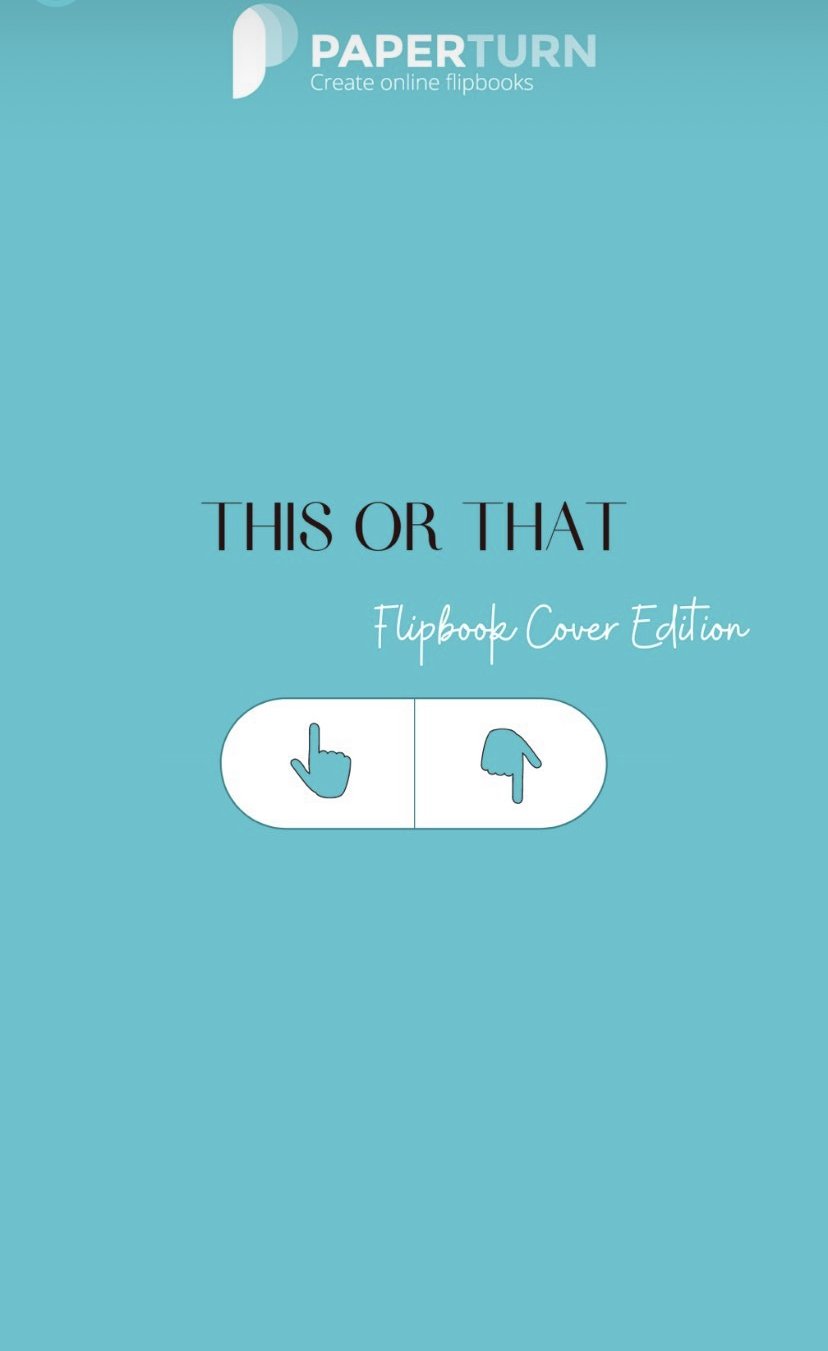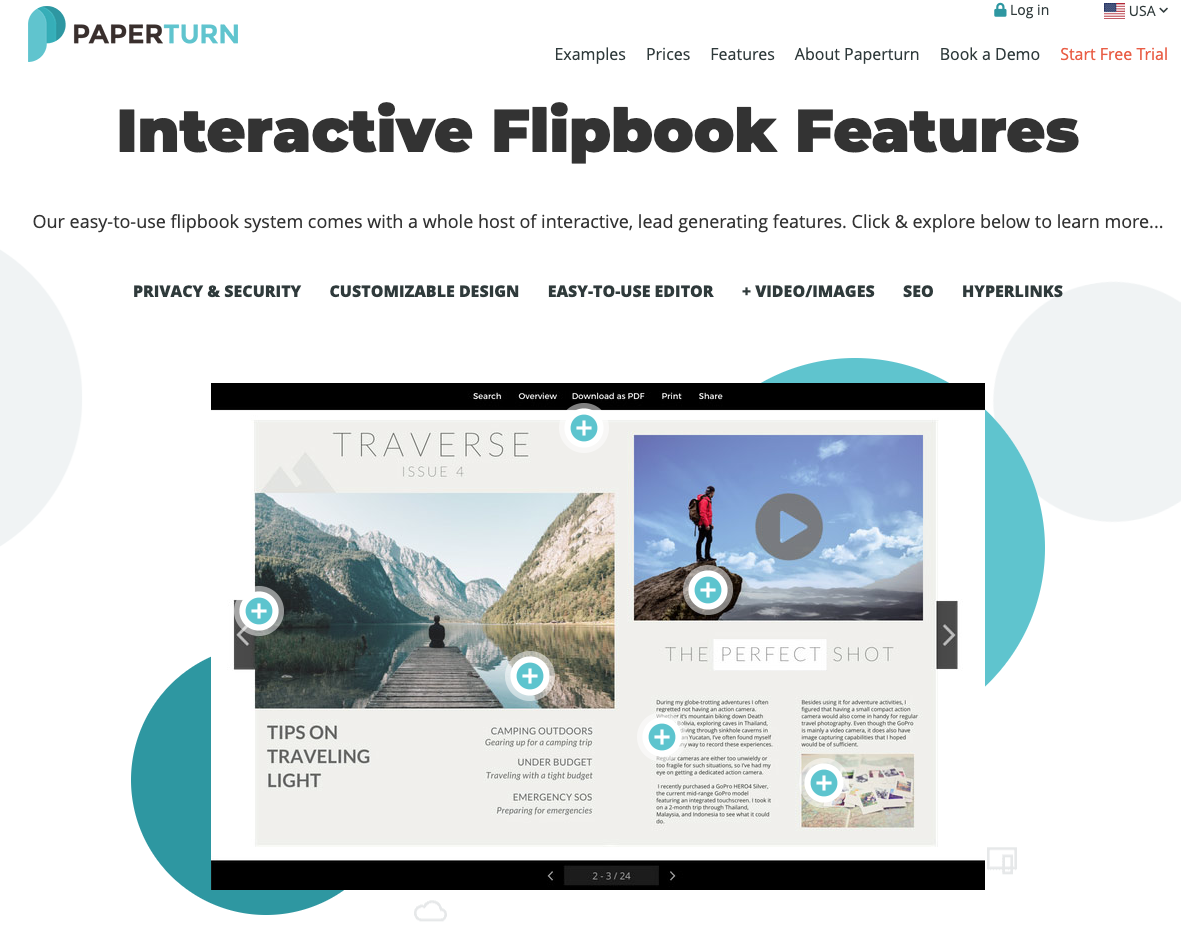The Importance OF Interactive Content in Your Content Marketing Strategy
Working in marketing you have surely heard of the phrase “Content is king” - and not for nothing! In marketing, content is key to success and as the world becomes more and more digitized, customers find themselves in front of uncountable providers for what they are looking for. You need to stand out against your competitors in the digital landscape in order to sell your products, services and the like, and increase profits. One way to do so is to include interactive content in your marketing strategy.
In this blog post, we show you what is hidden behind the phrase “interactive content”, why it is important, what to consider when working with interactive content, and how to add interactivity to your website by using it.
Table of contents
Why is Interactive Content Important and how can it add Value to Your Content Marketing?
What are Some Examples of Interactive Content?
What to Consider When Working with Interactive Content?
How to Use a Flipbook for More Interactivity on Your Website?
What is Interactive Content?
Before diving too deep into the topic, let’s make clear what we’re talking about exactly when we say “interactive content”. Every type of digital content that somehow encourages customers to engage with it is considered interactive content.
Interactivity can occur in forms of quizzes, games, surveys and much more. To put it simply: Every time an element requires a user’s input (e.g. a click), this element is dynamic and therefore it can be also referred to as interactive content.
Why is Interactive Content Important and how can it add Value to Your Content Marketing?
Studies have shown that interactive content comes with a lot of benefits influencing the success of your Marketing strategy. The results of a survey by Demand Metric display that interactive content can be used effectively to differentiate a company from its competitors and it is more likely to be shared (e.g. on social media) than static content. Additionally, 96% of the surveyed respondents believed that interactive content has an impact on the customer’s buying decision.
What are Some Examples of Interactive Content?
Interactive Posts on Social Media
When working with social media I bet you’ve already used some kind of interactive content. Have you ever added a quiz or a survey into your Instagram or Facebook story? Have you included a Q&A button into your TikTok video yet? If your answer to one of those questions is “yes” then you’ve had contact with interactive content.
In order to post content with which your followers want to engage, you need to find out what they like and target those interests. What about using interactive content to find out your customer’s interests? The following Instagram story engages them to vote on which flipbook cover they prefer.
This will definitely entice them to engage with your post and will improve your reach as a result!
Interactive Landing Pages
In today’s digital world it’s becoming more and more difficult not only to attract a customer’s attention away from all the other providers, but also to convince them to stay on your website once you’ve grabbed their attention and gotten them to a landing page.
In order to do that, you can use interactive content. It requires the user’s engagement and will get them to stay on your page even longer. The following page, for example, invites the user to click on the “+” to get more information about certain features. The longer a user stays on the page, the higher their engagement rate and the more you learn about them.
If you sell products online, what about displaying an interactive product cataloge that your customers can go through? When interested in your products your customers can easily flip through your interactive flipbook, just like going through a printed catalog. Learn more about flipbooks in general or get some information about how to use a flipbook for more interactivity on your website.
Interactive Emails
Instead of sending familiar static emails, you can easily create interactive emails that allow your customers to engage directly from their inbox. Interactive elements in your emails will also lead to your customers actually spending time on them. This way, you differentiate yourself from your competitors and actually stay in the minds of your receivers.
You can customise your interactive emails to engage with your clients in a more personalized way. What about including quizzes or assessments? This way, people engage with your content and you can also use the user data for adjusting your content. You can also integrate a button that leads to more information about your product, service or company and try to increase the click-through-rate.
What to Consider When Working with Interactive Content?
Defining Your Dynamic Content Objectives
Of course there are some things that you should keep in mind when working with interactive content in order to get the best out of it. First of all, you should define your objectives: What do you want to achieve by using interactive content? Remember to set objectives that are measurable, because only then can you see if you’ve succeeded. One objective to include, for example, could be to increase the number of website visitors - this is a measurable goal which you can achieve by using interactive content.
When you have set your objectives, get to really know the audience to which you’re addressing the interactive content (if you don’t already know them). Keep in mind who your audience is, how they behave, and what they are looking for when creating your interactive elements. During the process of designing your dynamic content, remember to choose the right format (according to your target group) and to keep it user-friendly. On top of that, be sure to optimise your content across mobile devices.
Include Storytelling
You should also focus on storytelling, because it remains crucial — even with interactive content. Nothing is more important than a story that will attract, and more importantly keep, your audience’s attention. Create a narrative that will keep your audience engaged throughout the experience.
Track and Analyse the Interactivity of Your Users
Last but not least, track and analyse the data. Utilise analytics tools to track user interactions, engagement levels, and conversions. Monitor metrics like time spent, completion rates, click-through rates, and social shares to gain insights into the effectiveness of your interactive content. After this you can evaluate the performance of your interactive content and then adjust it in order to improve its effectiveness.
How to Use a Flipbook for More Interactivity on Your Website?
One way to make your website more interactive is to embed a flipbook. This can be used in many ways, e.g. as an online product catalogue, as an online magazine, as an online brochure or even as an online flyer - there are a lot of possibilities.
In order to create an online flipbook you just need to upload your PDF file to Paperturn and it will be converted in a few seconds. After that you can add interactive features to your flipbook before embedding it into your website. Let’s review some that may be of interest to you.
There are different forms of media that can be used effectively to increase user engagement and keep their attention on your flipbook. With Paperturn’s iFrame feature you can integrate a 360-degree video into your flipbook that demonstrates how a product works or show real estate looks from different perspectives. The user can explore the product or environment by navigating through the content.
Otherwise, you could also insert music and sound effects to your flipbook that can be played automatically or when the user clicks onto the play button. Besides that, you can also add external and internal links leading to pages, products or videos inside or outside your flipbook by clicking on them. When you’re selling products you could also include a shopping cart for your customers to create a purchase order directly from your flipbook. Altogether, Paperturn offers you a lot of awesome features to improve the interactivity of your flipbook.
Now that you have created a stunning online flipbook you need to embed it onto your website in order to add interactive content. After that your customers will be able to go through your interactive flipbook by clicking the pages - accompanied by a flipping effect and sound! Adding interactive content to your website has never been easier!
Now, you know all the important elements of interactive content: what it is, what you need to pay attention to when working with it, and how you can add interactivity to your website. If you still want to know more about interactive content you should read our blog article about the rise of interactive content.






